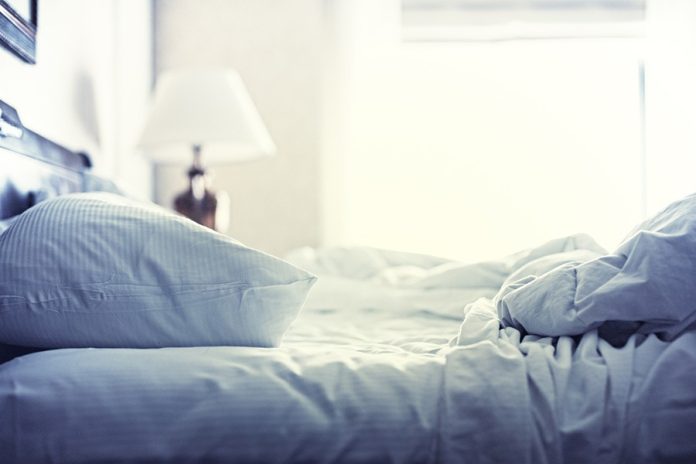Chronic insomnia results from a difference in brain function according to research reported by Dr. Rachel E. Salas, an assistant professor of neurology at the Johns Hopkins University School of Medicine, and colleagues in the edition of the journal Sleep.
The researchers demonstrated that chronic insomniacs have more plasticity in the motor cortex of the brain. This finding not only explains the reason insomniacs cannot sleep but also explains the high level of muscular movement involved in sleep when insomniacs do sleep.
The researchers used transcranial magnetic stimulation (TMS) to stimulate the involuntary movement of the thumbs of 18 insomniacs and 10 normal sleepers. The scientists then trained both groups to ignore the artificially induced thumb movement caused by the TMS. Normal sleepers could not overcome the outside influence as easily as insomniacs. This finding indicates that the motor cortex of insomniacs is more plastic. Plasticity indicates adaptability to change.
The researchers cannot conclude that high levels of plasticity cause insomnia nor can they conclude that the detrimental effects of insomnia on a person’s brain and body produce the increased levels of brain plasticity observed in the experiments.
The researchers have developed a test that can definitely define that a person has insomnia. Diagnosis of insomnia is at present based on self-reported symptoms and is often diagnosed incorrectly.















